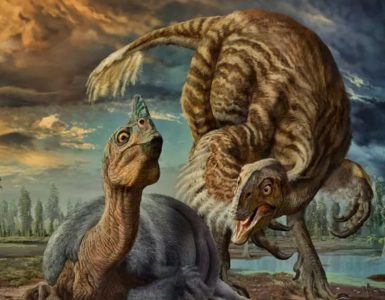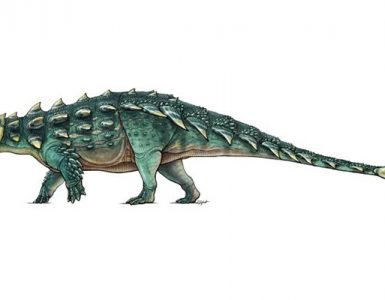 |
| Image Source: static.ddmcdn.com |
Black holes are the points in space where gravity has become so extreme that its magnitude exceeds any other forces present in the space. Black holes were called such because not even light can escape from them and that is why it appears to be black. They can appear in two main types: the stellar mass and the supermassive black holes. The stellar mass are mainly formed by the remains of the dead stars that were several times the mass of the sun and the supermassive black holes are the ones that sit at the center of galaxies and can weigh millions or even billions of solar masses.
Apart from this many things about black holes are already known such as, their formation process, different sizes etc. These new findings were published by the Astrophysical letter and could help other scientists in the better understanding of the Universe and how it was created and where it is going. It could also help them to understand the evolution of some the early galaxies with black holes at their center.
The newly found black hole has been named RGG 118 and it appears to have less mass than was expected. The black hole is said to hold a mere 50,000 suns worth of mass. This could sound a bit uncommon but the scientists said that black holes of this mass are quite common. The study’s lead author, Elena Gallo, an astrophysicist at the University of Michigan said,” Most galaxies are fairly small- and whereas we are fairly convinced that there is a black hole sitting at the center of every big galaxy, we’re not sure whether that’s the case in the small ones. It’s just harder to find them, so that’s why we really don’t know.”
Since the RGG 118 is itself in a tiny galaxy it would be safe to assume that it never merged with other galaxies to make the structures that we see in the space these days. The focus now shifts on using the results of this discovery for further research.





















